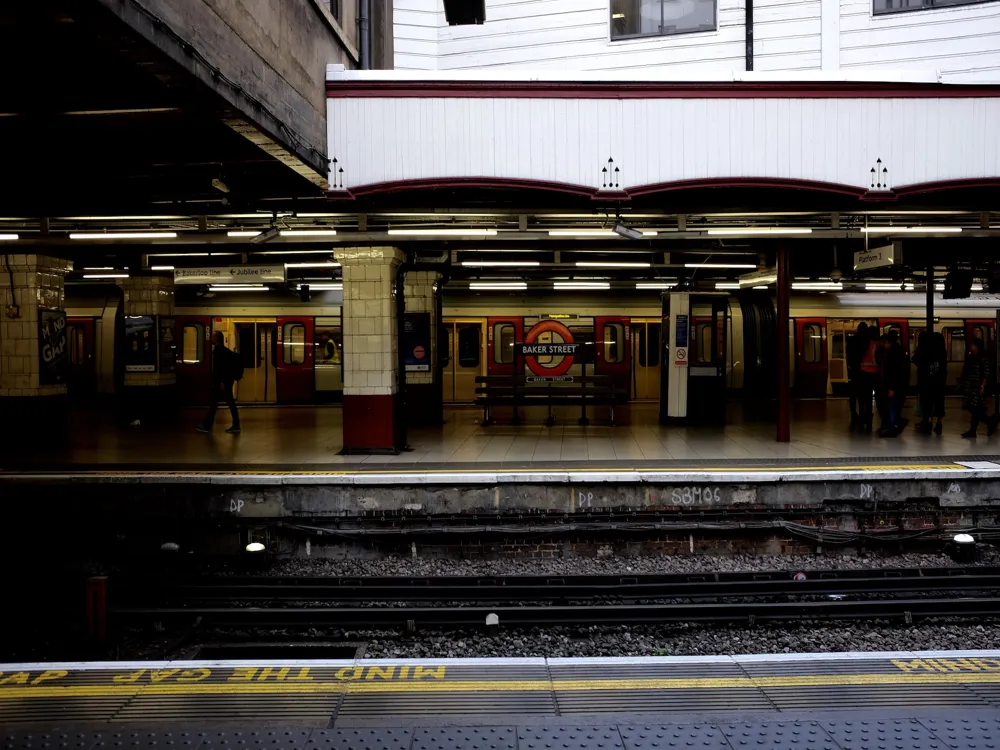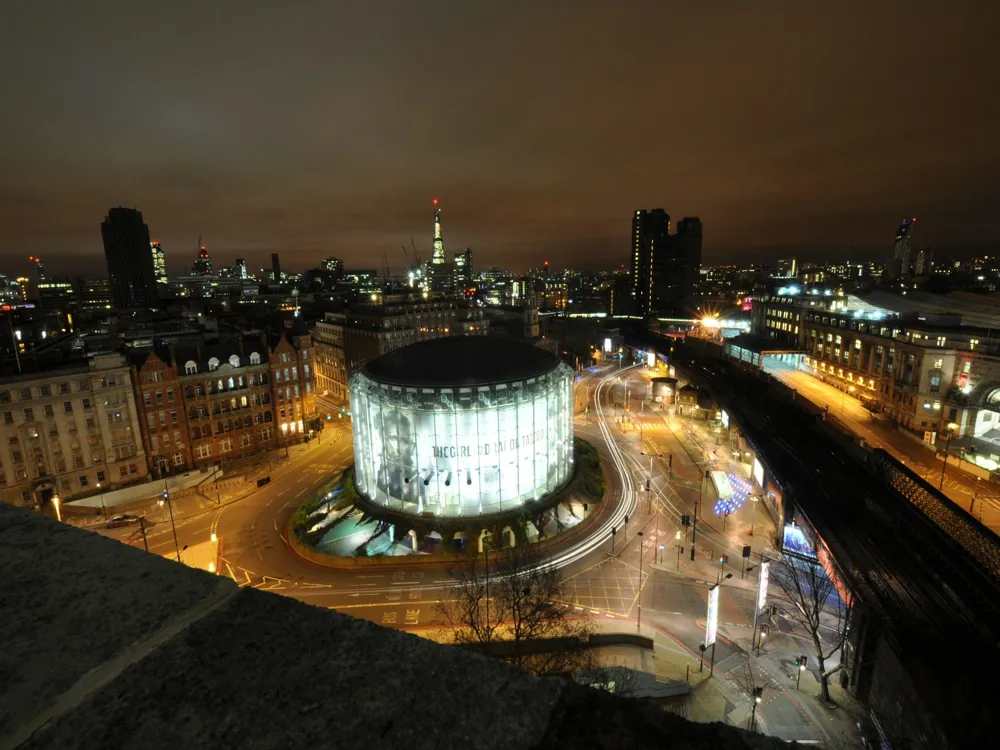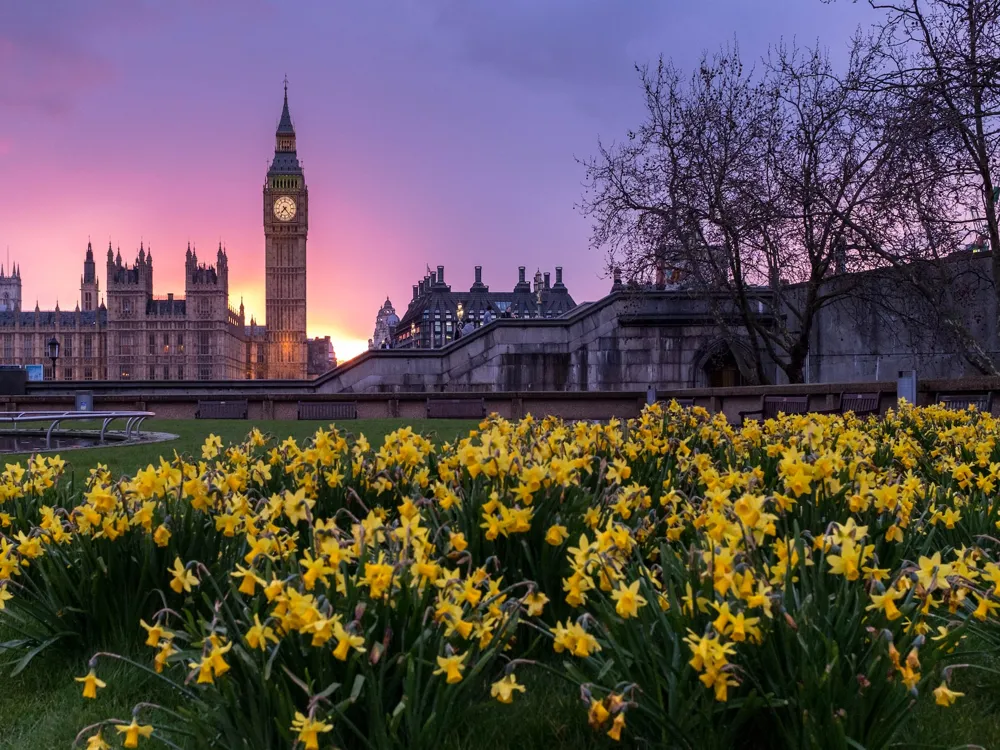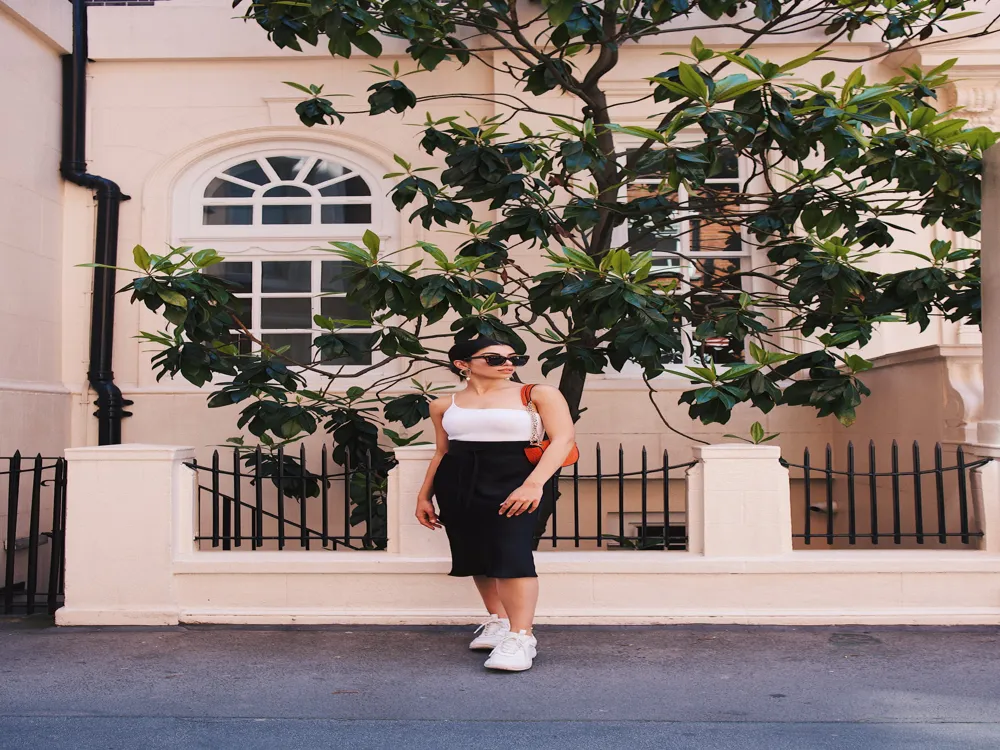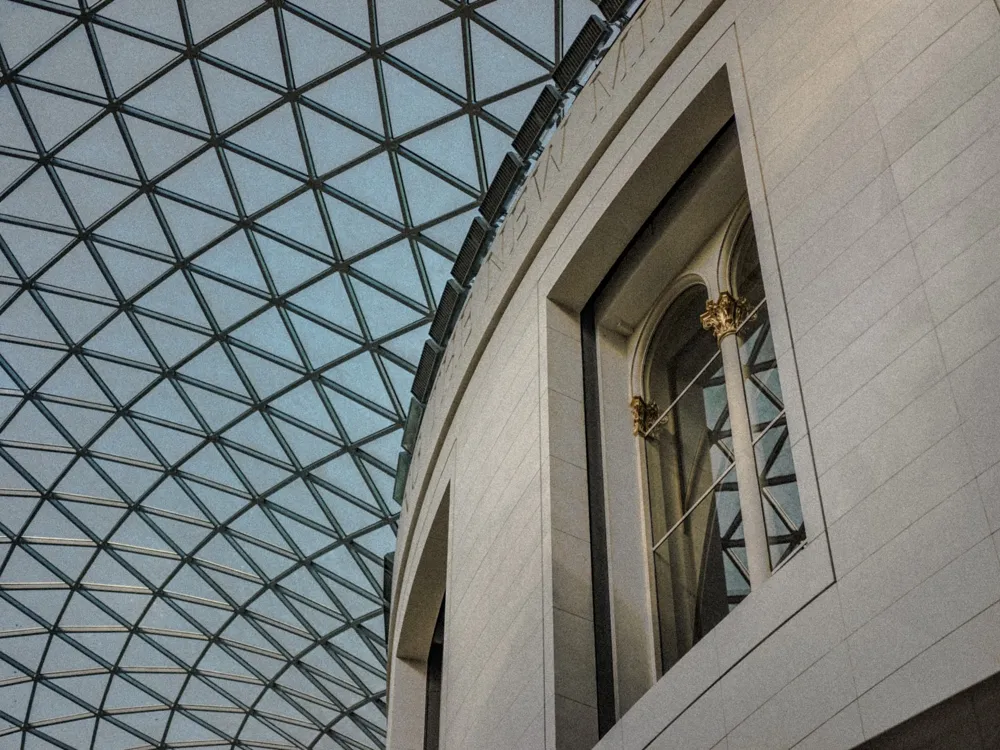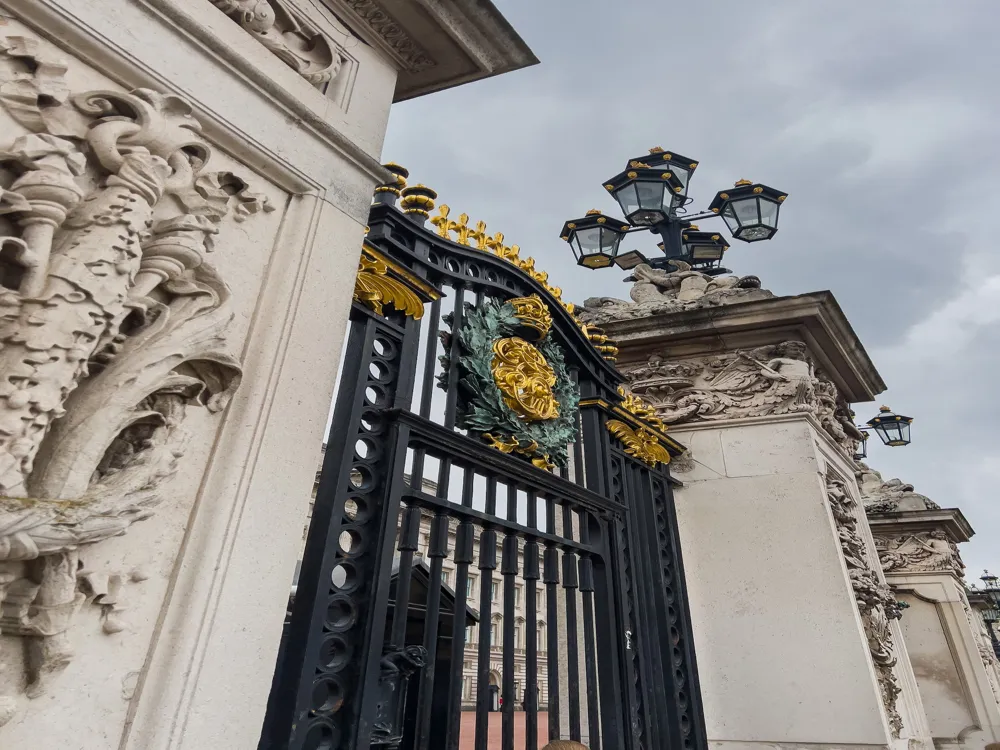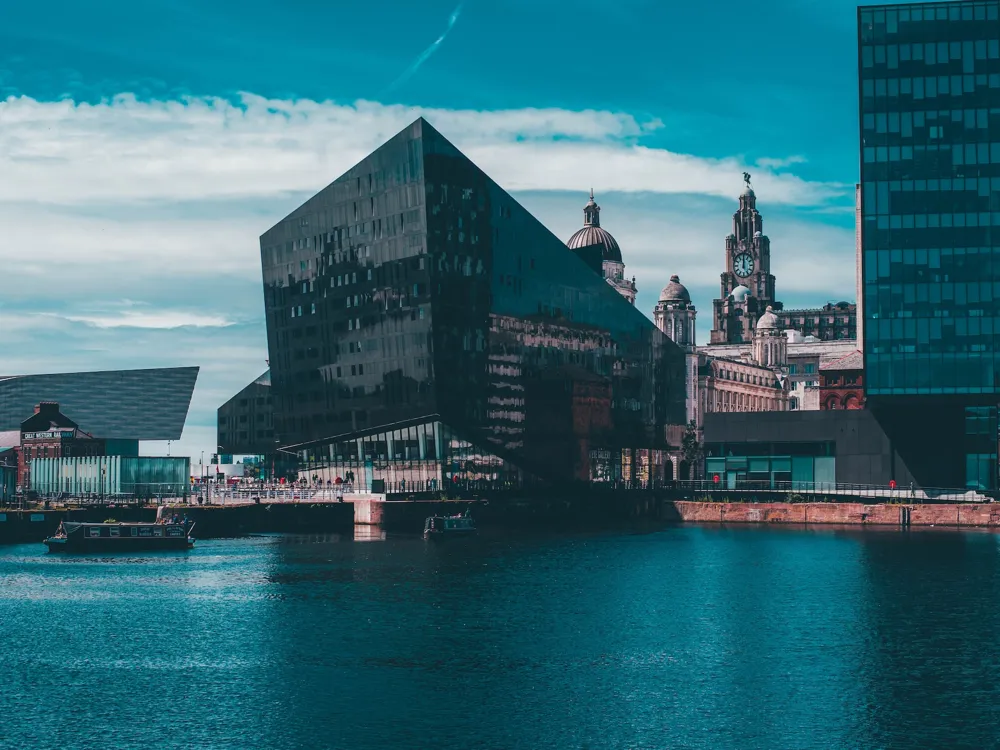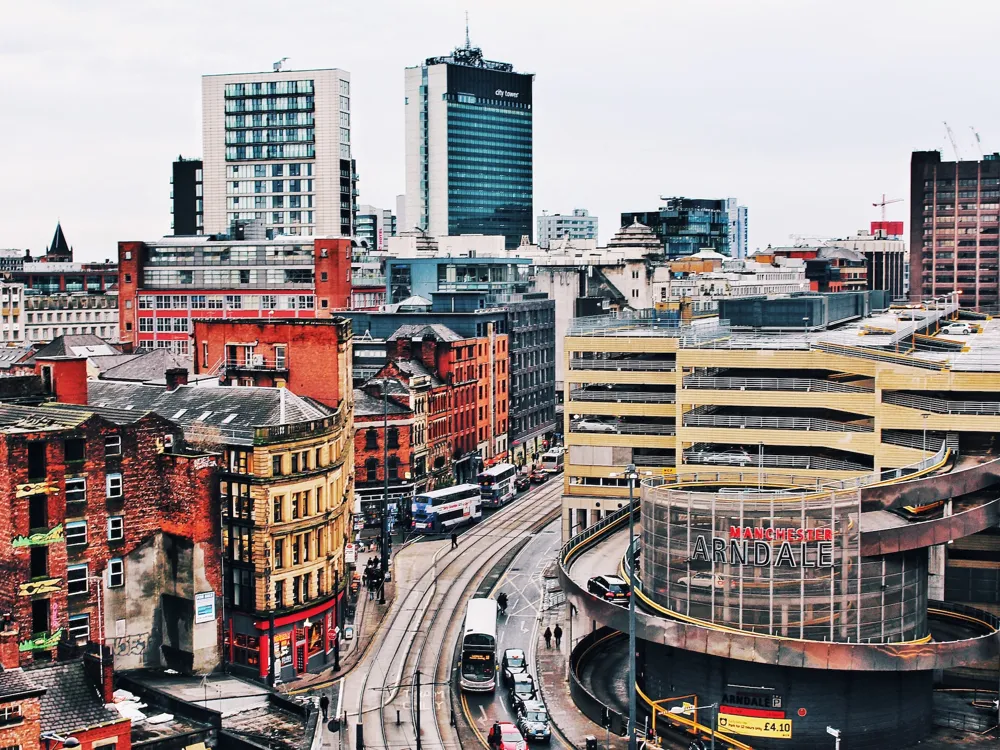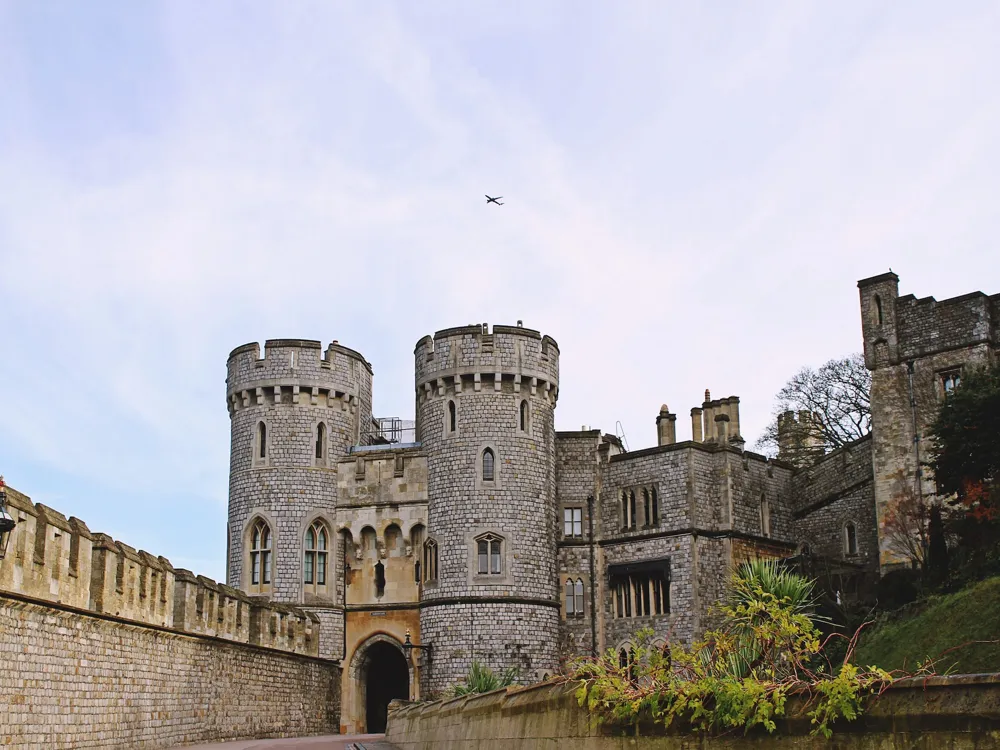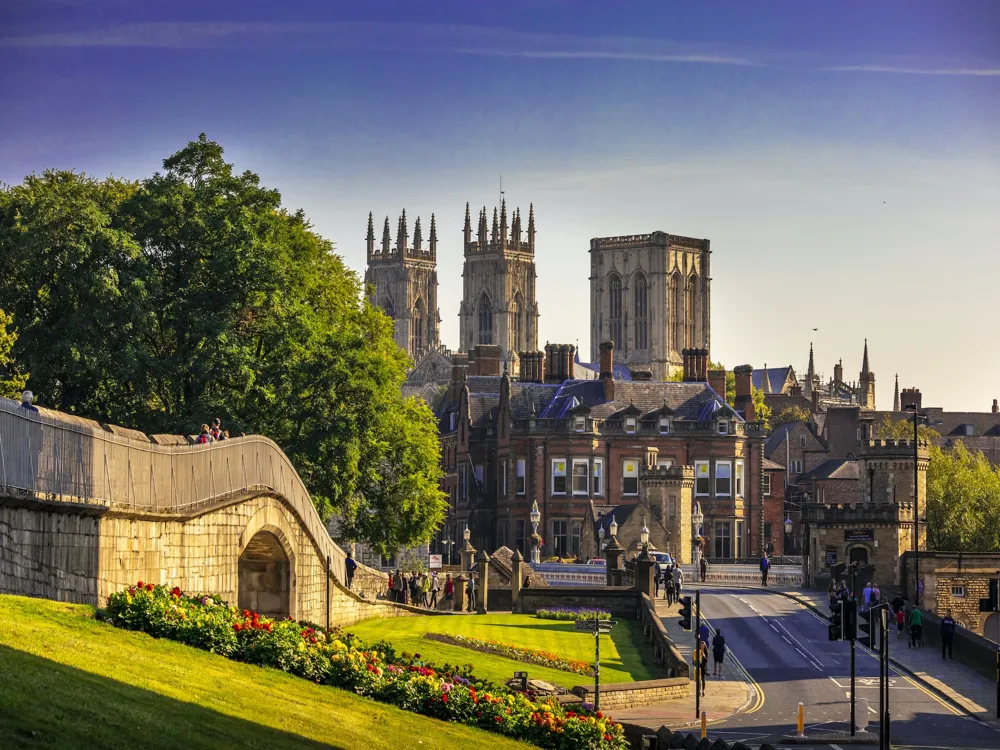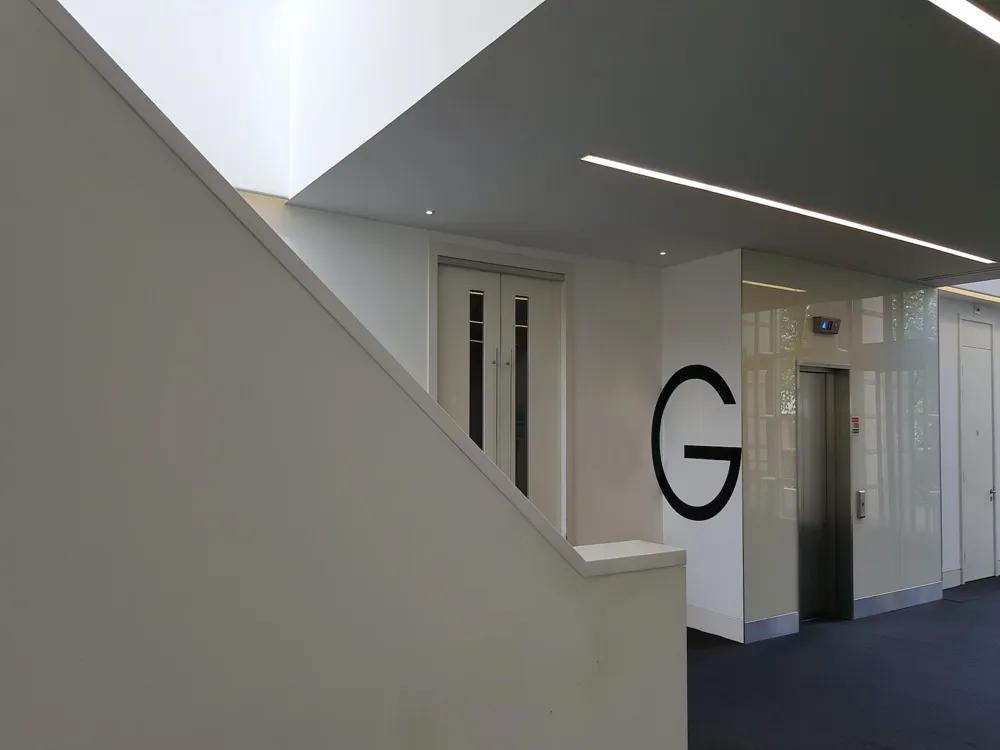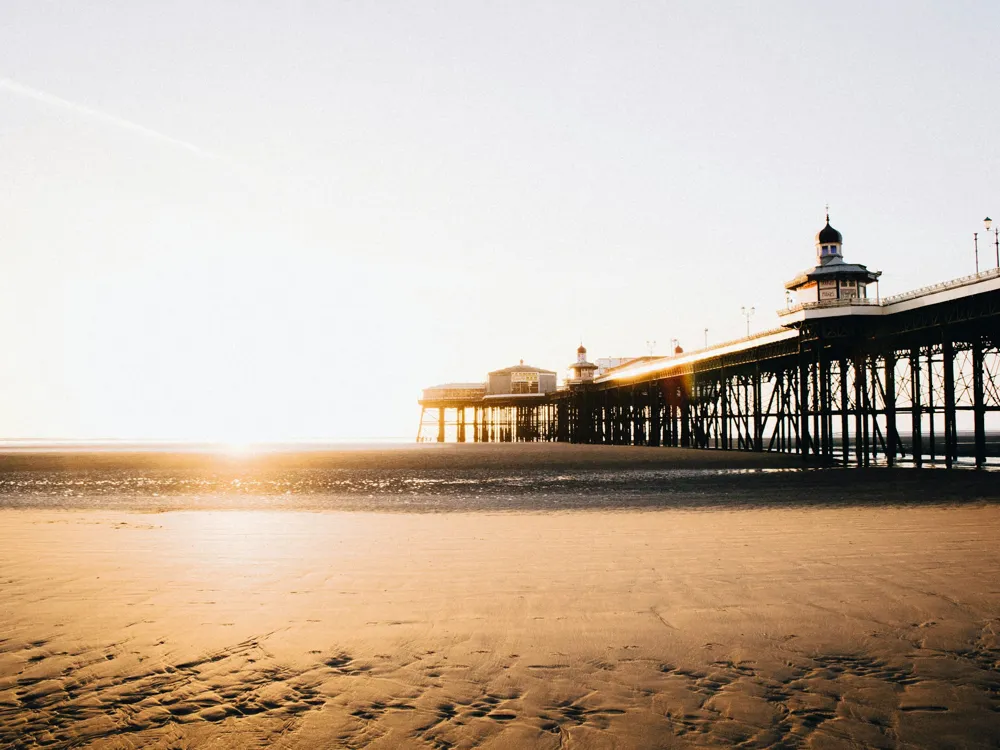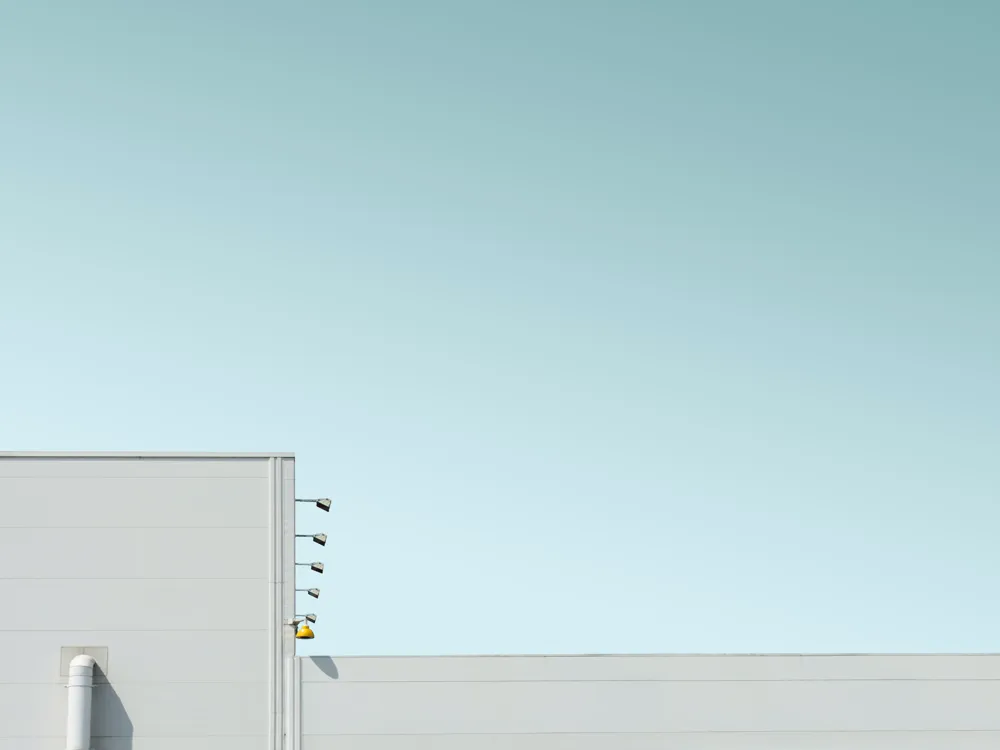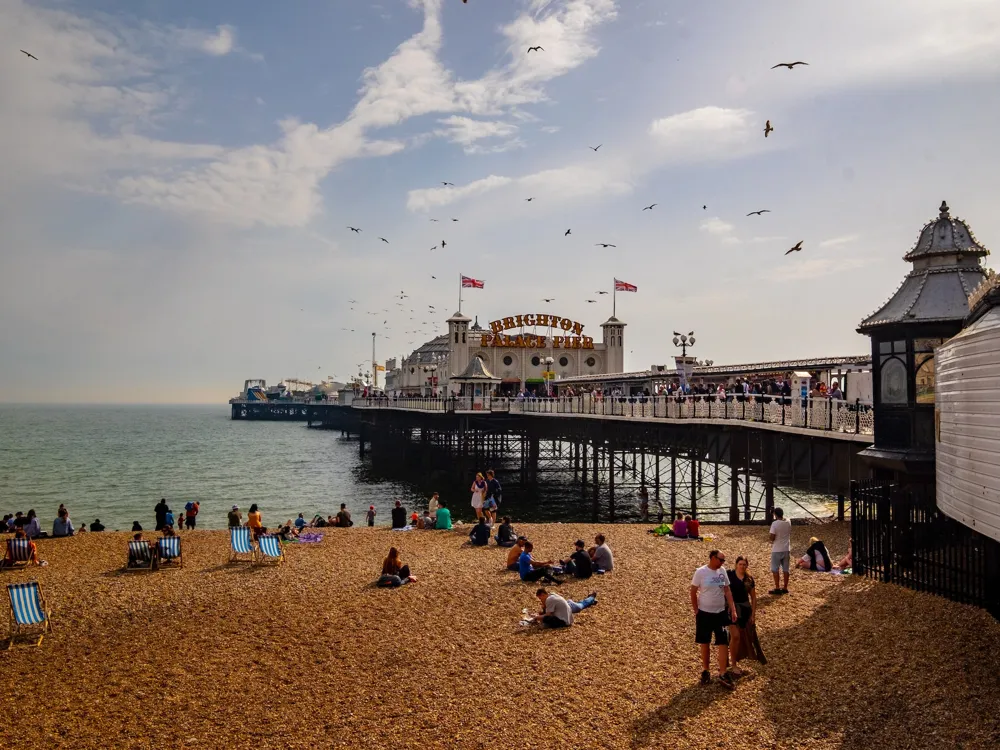The London Eye, also known as the Millennium Wheel, is an iconic giant Ferris wheel situated on the South Bank of the River Thames in London. It is Europe's tallest cantilevered observation wheel and is the most popular paid tourist attraction in the United Kingdom, offering breathtaking views of the city skyline. The London Eye stands at a height of 135 meters (443 ft) and has a diameter of 120 meters (394 ft). Designed by architects Frank Anatole, Nic Bailey, Julia Barfield, Steve Chilton, Malcolm Cook, David Marks, and Mark Sparrowhawk, it features 32 sealed and air-conditioned ovoidal passenger capsules. Each capsule represents one of the London Boroughs, offering a unique perspective of the city from above. To avoid long queues, it's advisable to book your tickets in advance. Online booking can also provide discounts and special offers. The best time to ride the London Eye is either early in the morning or late in the afternoon to avoid crowds and to enjoy the city in different lighting conditions. Check the weather forecast before your visit. Clear days offer the best views, but the London Eye operates in most weather conditions. A complete rotation of the London Eye takes about 30 minutes, offering ample time to soak in the views and take photographs. The London Eye is accessible to wheelchair users, but it's best to inform the staff in advance to ensure a smooth experience. The London Eye is easily accessible via various modes of transport. The nearest underground stations are Waterloo, Embankment, Charing Cross, and Westminster. Buses and river services also stop near the attraction. For those driving, several car parks are available nearby, although public transport is recommended due to the busy nature of the area. Read More:Overview of the London Eye
Architecture of the London Eye
Tips When Visiting the London Eye
Booking Tickets in Advance
Best Time for a Ride
Weather Considerations
Duration of the Ride
Accessibility
How To Reach the London Eye
London Eye
London
₹ 22,500 onwards
View london Packages
Weather :
Label : Great For Couples
Tags : Amusement & Theme Park
Timings : 11:00 AM - 6:00 PM
Entry Fee : GBP 32.50 - GBP 36
Planning a Trip? Ask Your Question
Also Refered As:
Millennium wheel
London Travel Packages
View All Packages For London
Top Hotel Collections for London

Private Pool

Luxury Hotels

5-Star Hotels

Pet Friendly
Top Hotels Near London
Other Top Ranking Places In London
View All Places To Visit In london
View london Packages
Weather :
Label : Great For Couples
Tags : Amusement & Theme Park
Timings : 11:00 AM - 6:00 PM
Entry Fee : GBP 32.50 - GBP 36
Planning a Trip? Ask Your Question
Also Refered As:
Millennium wheel
London Travel Packages
View All Packages For London
Top Hotel Collections for London

Private Pool

Luxury Hotels

5-Star Hotels

Pet Friendly





